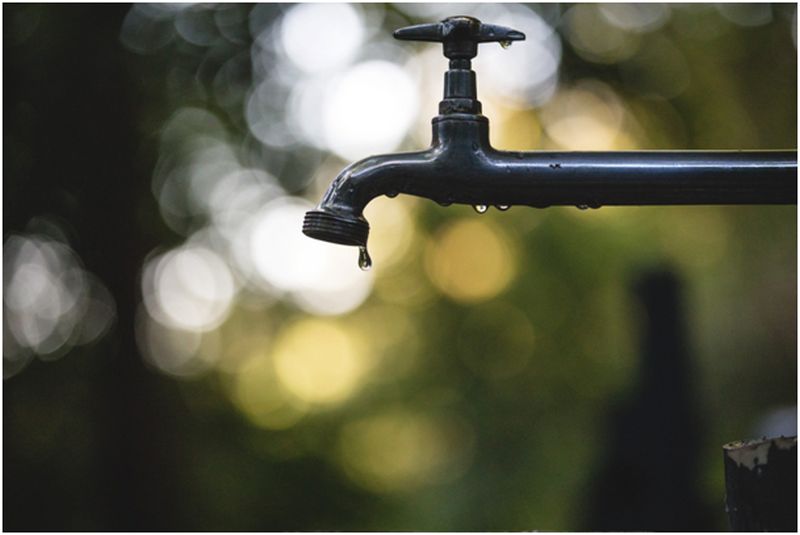How did lead get into the water?
Lead used to be the preferred material for water distribution until its harmful effects on human health were discovered.
America is one of the countries that patronized the use of lead pipes for water distribution, and up till now, more than 9 million homes still get water from lead service lines.
Millions of home dwellers are paying the hefty price for America’s lead pipe problem by suffering severe health challenges.
Health Effects of Lead Exposure in Drinking Water
No amount of lead in drinking water is safe. Drinking lead-contaminated water is especially harmful to young children and pregnant women.
Even low levels of lead in the blood, which may not affect adults, can damage the physical and mental wellbeing of a child.
In children, lead poisoning has been linked to:
- Low IQ and learning problems
- Slowed and stunted growth
- Hearing problems
- Anemia
- Seizures, coma, and death
Lead can accumulate in a pregnant woman’s body and affect the developing fetus by:
- Slowing the growth of the baby
- Premature birth
- Or causing an abortion
Adults exposed to lead in drinking water may suffer:
- Kidney failure
- Hypertension
- Cardiovascular diseases
- Impotence
Why the Lead Pipe Problem Lingers
The government is aware of this widespread health crisis. They know about lead service lines and their dangers. Yet, many homes still have lead-contaminated water running through their faucets. Why?
As much as we know, the government has made several efforts over the years to curb the lead crisis.
The larger portion of their plan is to remove all lead service lines and replace them with lead-free one. But this plan is far-fetched; it presents a lot of setbacks and may not be solved for many years.
Above that, here are some of the reasons why the lead problem lingers:
1. It costs too much to replace the lead service lines:
The solution to America’s lead problem requires hundreds of millions of dollars. We’re talking about dozens of cities having to replace about a hundred lead service lines each.
This project is money-consuming. But unfortunately, resources are low and political will is limited.
2. Some lead service lines extend into private property and complicate replacement plans:
Replacing the lead service lines would be straightforward if it were the government’s responsibility alone. But some lead service pipes extend into private property, and both the government and private homeowners have to fund for complete replacement of the pipes.
In some cases, most owners rethink changing their lead service pipes because of the high cost of replacement.
3. It will take time to replace all existing water lines:
Getting over a million lead service lines replaced is time-intensive.
Ten to twelve years of active work and deliberation may not be enough to remove all lead service pipes in America.
4. Bad inventory of most states:
Most states in America have a poor mapping of their water service lines. They lack proper inventory about where a lead service line may be located. This problem complicates and slows down replacement schemes.
Reduce your Exposure to Lead in your Drinking Water
Chances are, lead service lines will remain to be an issue for years to come and there’s not much we can do but ensure our own safe health. You can reduce your exposure to lead-contaminated water by:
1. Testing your water for lead:
Whether your water appears clean or not, test your water for lead to be safe.
If you get your water from a private source, you can start by contacting your home water supply. They’ll send someone to inspect your water for lead.
If that’s not an option, you can buy one of these testing kits for lead in water.
2. Installing a water filter:
Installing a whole house water filter is one way to escape lead-contaminated water and your solution to better health. Try installing only the certified water filters capable of removing lead from water.
3. Flushing taps:
Flush taps for at least one minute before using the water for drinking or cooking. This will remove lead contaminants from corroding lead pipes within the house.
4. Using cold water rather than hot water for cooking:
Most people prefer to use hot water from kitchen faucets for cooking or mixing food. But hot water dissolves more lead in it than cold water. So it’s advisable to use cold water, to reduce lead exposure.




